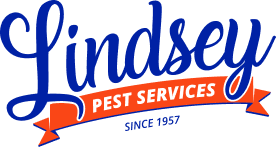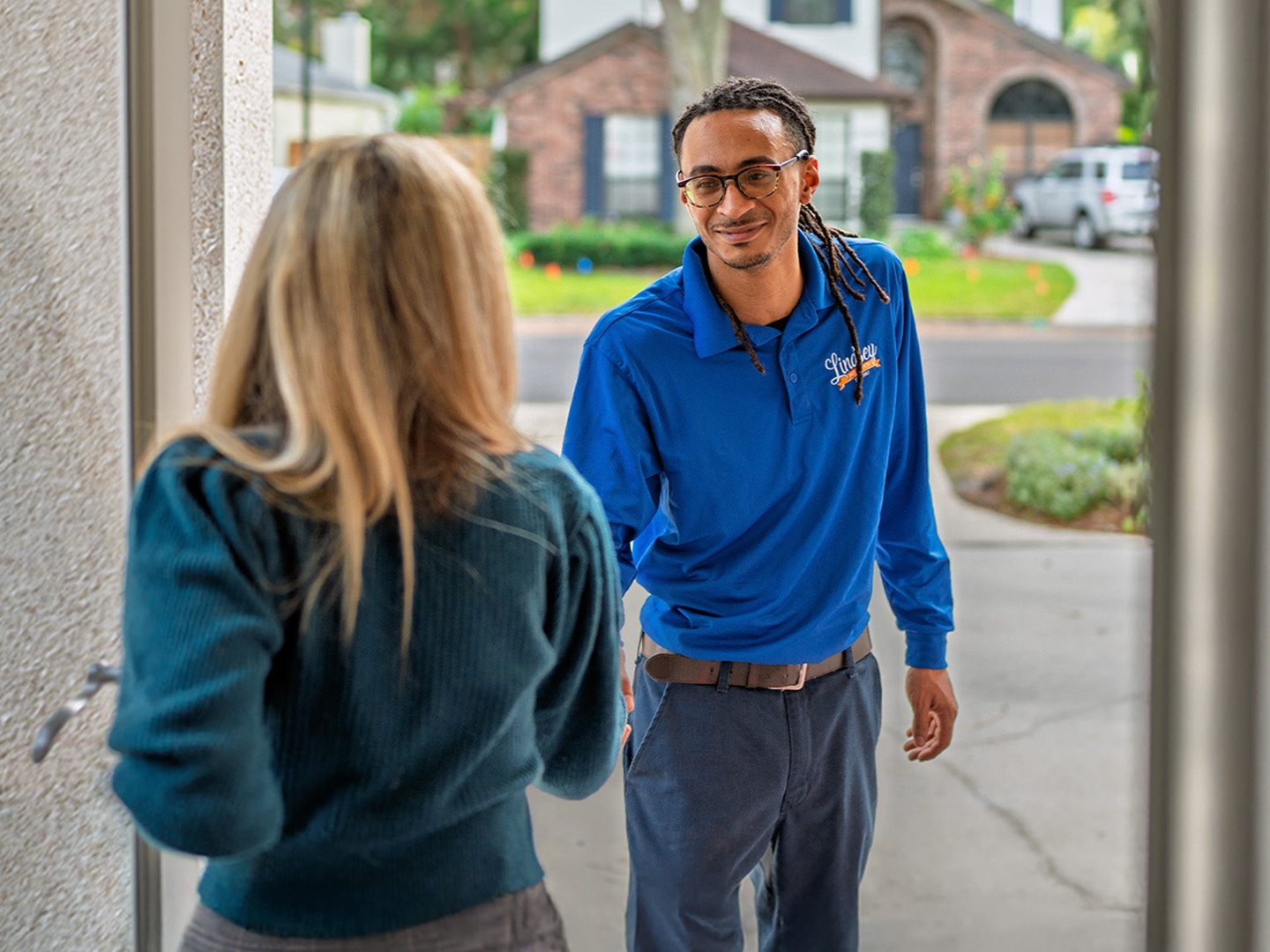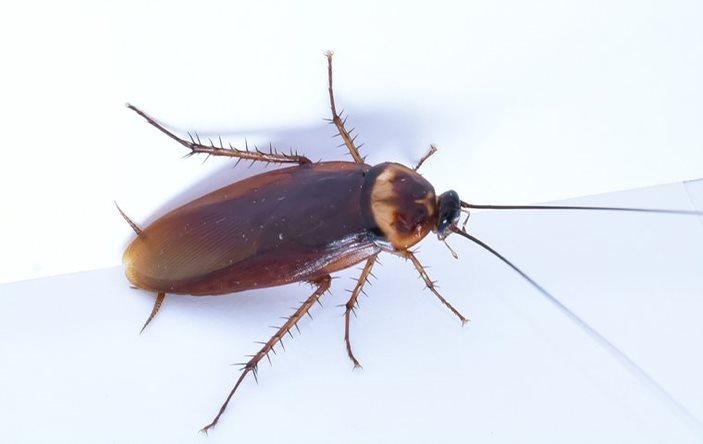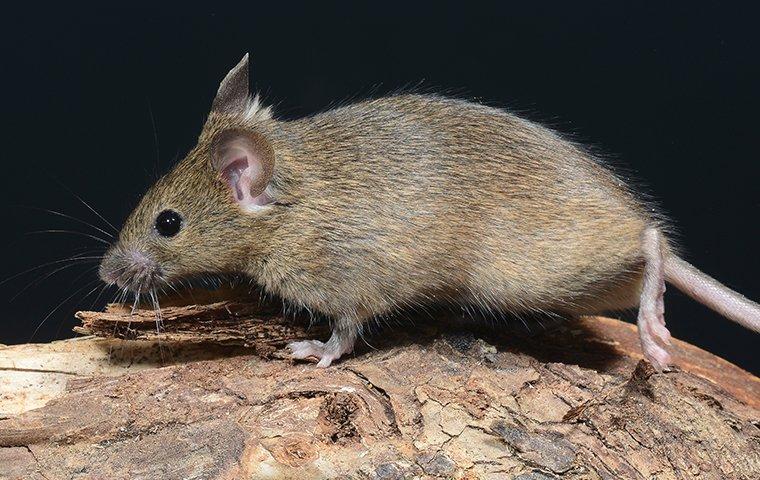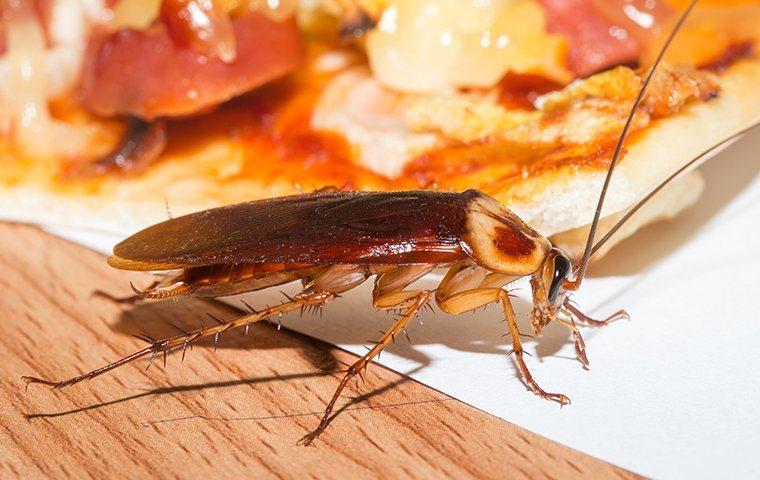Everything You Need To Know About Flying Ants
Jul 24, 2024
If you've noticed a sudden swarm of winged insects around your property, you might have encountered flying ants. These are not a separate species but rather a reproductive stage in the life cycle of ants. Commonly seen in species like carpenter ants or fire ants, these ants grow wings to mate and establish new colonies. Both male and female ants in this phase are called alates and can be identified by their wings and larger size than regular worker ants.
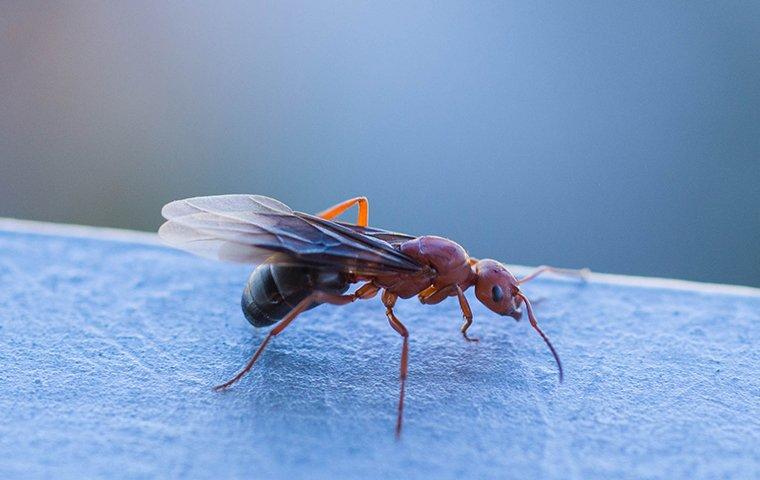
When are flying ants most common in Greater Jacksonville?
In Greater Jacksonville and along the First Coast, property owners often start noticing flying ants in June. This year, we’re still receiving calls about flying ants, and it’s almost August. The exact timing varies depending on weather conditions and ant species.
There can be overlap with termite swarmers
Flying ants and termite swarmers are often compared and mixed up due to their similar appearance and behavior and when they take flight. Both insects are winged during their reproductive phase and tend to swarm during similar environmental conditions, especially after rains.
Eastern subterranean termites generally swarm from December through April and sometimes later in spring and early summer if the weather is ideal. And, as we mentioned above, flying ants are quite common in June, but they may start earlier if the right conditions are present.
If you’re seeing flying insects on your property but aren’t sure if they’re flying ants or winged termites, look for these key differences in their appearances:
Flying ants have elbowed antennae and narrow or pinched waists. They have two pairs of wings, with the front wings longer than the back ones.
Termites, on the other hand, have straight antennae and thicker, more uniform waists. They also have two pairs of wings, but the front and back are the same length.
Flying ants won’t stick around for long
Flying ants typically do not stick around for long. The period they are noticeable in their winged form is known as a swarming event or nuptial flight. It is temporary and may last only a few hours to a few days, depending on the species and environmental conditions. Also, you may not see a large swarm of flying ants at once but one or two at a time.
Does flying ants mean you have an infestation?
The presence of flying ants in your yard does not necessarily mean you have an active infestation on your property. It does mean that there is an ant colony nearby. However, if you see flying ants inside your home, there may likely be a nest within the structure, particularly with species like carpenter ants, which can damage the wood.
What attracts flying ants
First, it might not be a question of what is attracting ants but rather what has already attracted them. If you observe ants flying inside your home, there’s a chance that they have been there for some time and are now venturing out to establish a new colony. Instead of focusing on flying ants, let's consider what attracts foraging ants, which are in search of food, moisture, and suitable nesting sites.
Here are some common factors that attract ants:
- Food sources
Ants are attracted to sweet foods like fruit, sugary drinks, and other sweets. Crumbs and spills in kitchens or other dining areas (indoors or outdoors) can lure them. Foods high in proteins and fat, like grease, also attract ants. Another food source to consider – some ant species eat other insects. - Moisture
Areas with excess moisture, such as kitchens, bathrooms, and laundry rooms, are attractive to ants. Leaky roofs, leaking appliances, dripping spigots, and other indoor or outdoor plumbing issues are also attractive to ants. Standing water in the yard is yet another moisture attractant for ants. - Nesting sites
Ants often enter homes in search of warm, sheltered environments to establish new colonies. They can use cracks in walls, gaps around windows and doors, and other openings as potential entry points. Some ants, such as carpenter ants, are attracted to water-damaged wood, where they can excavate galleries for nesting.
Are flying ants attracted to lights?
Like many insects in Florida, flying ants are often attracted to outdoor lighting and artificial light coming from windows. If they can find a way inside, you might also find them near indoor light fixtures.
Flying ants are not dangerous, but they are concerning
While flying ants are not typically dangerous, their presence can be a nuisance and may indicate other issues, such as potential damage or moisture problems. If flying ants have been found indoors, proper identification and treatment are highly recommended.
What to do if you notice flying ants in your home or yard
If you start seeing flying ants in or around your home, it's best to contact a professional, as this may be a sign of a larger infestation. Fortunately, the experts at Lindsey Pest Services have the knowledge and experience to tackle any ant problem.
What’s more, we offer year-round home pest control services that exterminate and prevent ant infestations in Jacksonville, Neptune Beach, and Hastings, as well as throughout our Greater Jacksonville and First Coast service area. In fact, our Best Plan is the ideal choice if your home and property are being taken over by odorous house ants and other nuisance ants, stinging fire ants, and wood-destroying carpenter ants.
Best Pest Control Plan
For protection from common household pests and pests that take over your backyard, Lindsey Pest’s Best plan is the ideal choice. Starting at only $69* per month, this home pest control plan offers the same benefits as the Better plan but also includes treatments that significantly reduce mosquito activity, control fire ants, and keep scorpions and other stinging insects away from your property!
With this plan, you’ll receive an initial service that includes a comprehensive interior and exterior inspection, as well as treatment for any existing pest problems. To keep your home pest-free, a Lindsey Pest technician will return every quarter to treat the exterior of the home.
-
Quarterly Pest Service
-
Lindsey Pest Free Guarantee
-
30+ Common Pests
-
Webbing Removal (Up to 12 ft)
-
Wasp Removal (Up to 12 ft)
-
Rodent Control & Trapping
-
Seasonal Mosquito Suppression
-
Fire Ant Control
-
Scorpion & Other Stinging Insect Control
Pests Covered In This Program:
German Cockroaches, American Cockroaches, Brown Banded Cockroaches, Australian Cockroaches, Asian Cockroaches, Woods Roaches, Carpenter Ants, Pyramid Ants, Rover Ants, Ghost Ants, Thief Ants, Monomorium Ants, Acrobat Ants, Big-Headed Ants, Odorous House Ants, Pavement Ants, Little Black Ants, Silverfish, Fire Brats, Springtails, Psocids, Polistes Wasps, Crickets, Earwigs, Cellar Spiders, Jumping Spiders, Weevils, Cigarette Beetles, Drugstore Beetles, Confused Flour Beetles, and Fungus Gnats, Rodents PLUS Mosquitoes, Fire Ants, Scorpions, and Stinging Insects.
Additional Details
* New customers only - after initial fee. Some exclusions may apply.
* One year service agreement required
* Early cancellation fee may apply
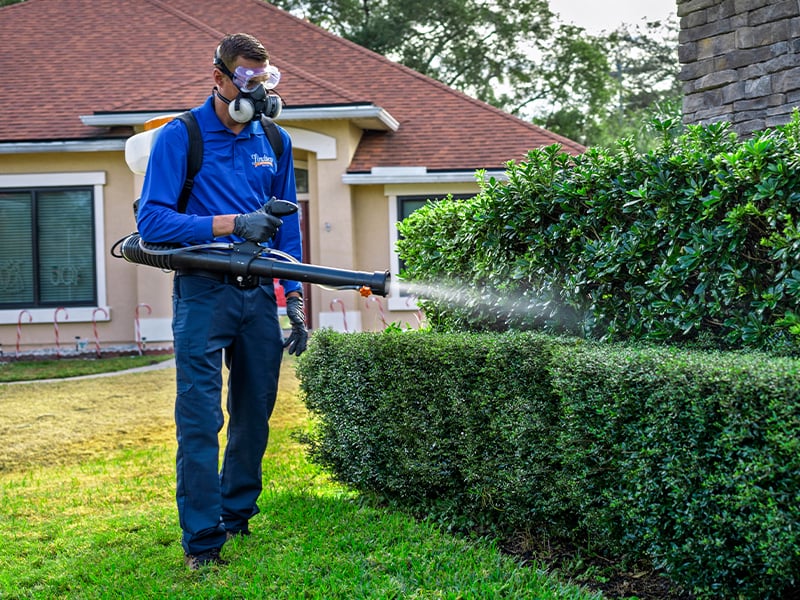
Unsure of which ant is the culprit? No worries. You can contact us via form or phone or use the chat feature below. We’d be happy to provide you with a free pest inspection and determine the best solution for your problem.
